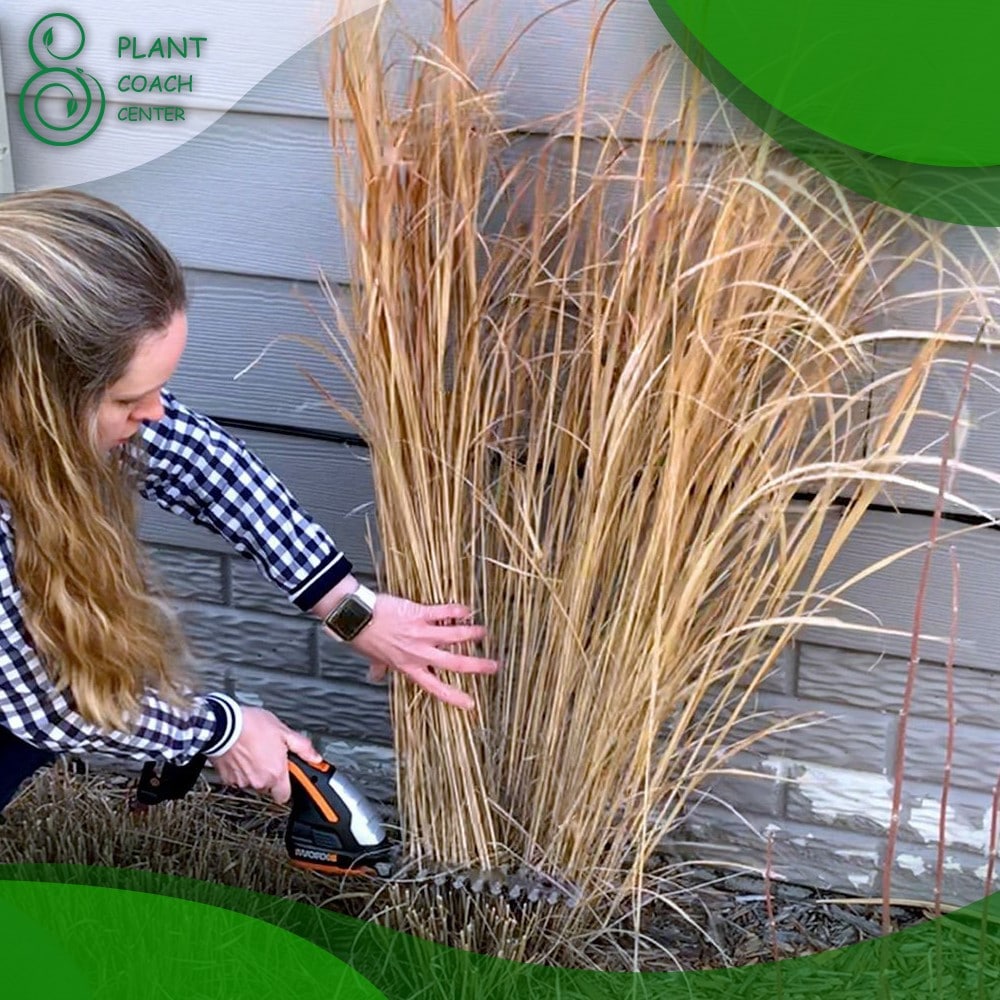Introduction to When to Prune Orchids
Orchids are exquisite and delicate plants that require proper care to thrive and bloom. Pruning plays a crucial role in maintaining the health, shape, and vitality of orchids. In this comprehensive guide, we will delve into the art of orchid pruning, covering essential techniques, timing considerations, and the reasons behind this practice. Whether you’re a seasoned gardener or a beginner, this guide will equip you with the knowledge and skills to confidently prune your orchids and promote their overall well-being.
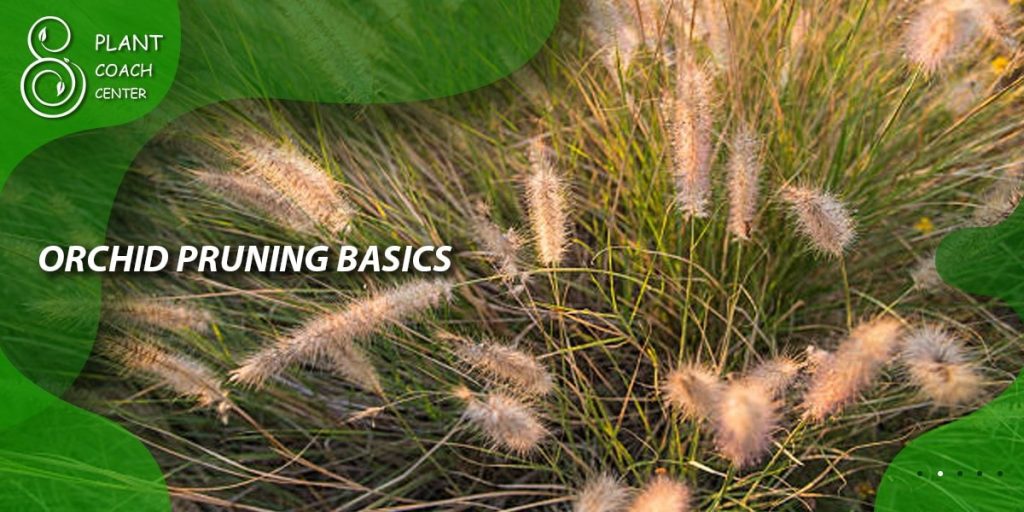
Orchid Pruning Basics
Before we explore the intricacies of orchid pruning, let’s establish a solid foundation by understanding the fundamentals.
- Pruning vs. Trimming: Clarifying the Terminology
Pruning and trimming are terms often used interchangeably, but they have distinct meanings in the context of orchid care. Understanding the difference between these two actions is crucial for effective orchid maintenance.
Pruning involves the selective removal of specific plant parts, such as leaves, stems, or roots, to benefit the overall health and appearance of the orchid. Trimming, on the other hand, refers to the general maintenance of an orchid’s foliage, including the removal of dead or damaged portions.
- Tools and Equipment for Orchid Pruning
To ensure precise and safe pruning, it is essential to have the right tools at your disposal. Here are some commonly used tools for orchid pruning:
– Pruning shears: Sharp and clean-cutting shears designed specifically for delicate plants like orchids.
– Sterilizing solution: To disinfect tools and prevent the spread of diseases.
– Bamboo stakes and ties: Used for supporting orchids after pruning or for training their growth.
– Orchid clips or clothespins: Useful for securing cut flower spikes or branches in place.
- Safety Precautions to Follow when Pruning Orchids
While pruning orchids can be an enjoyable and rewarding task, it’s crucial to prioritize safety. Here are some essential safety precautions to consider:
– Wear protective gloves to shield your hands from thorns or sharp edges.
– Ensure your tools are clean, sharp, and in good working condition.
– Work in a well-lit area to clearly see the orchid’s structure and make precise cuts.
– Take care when handling or disposing of pruned plant parts, as some orchids may have toxic elements.
Factors Influencing Pruning Timing for Orchids
Timing plays a crucial role in orchid pruning. Understanding the factors that influence when to prune your orchids will help you make informed decisions and ensure optimal results.
- Types of Orchids and Their Growth Habits
Different types of orchids have varying growth habits and flowering cycles. It’s important to familiarize yourself with your specific orchid variety to determine the most suitable time for pruning. Here are some common orchid types and their pruning considerations:
– Phalaenopsis Orchids: These popular orchids often bloom in cycles throughout the year. Prune after the flowering cycle ends, usually in late winter or early spring.
– Cattleya Orchids: Cattleyas have distinctive pseudobulbs and require pruning after the flowering cycle to promote new growth.
– Dendrobium Orchids: Prune Dendrobiums after they finish blooming, typically in late winter or early spring.
– Oncidium Orchids: Oncidiums generally require pruning after the flowering cycle ends to encourage new blooms.
Understanding your orchid’s growth pattern will give you valuable insights into the appropriate timing for pruning.
- Flowering Cycles and Timing Considerations
Orchids have unique flowering cycles, and pruning at the right time can help maximize their bloom potential. While the specific timing may vary based on the orchid species, a general rule of thumb is to avoid pruning during the active blooming period. Pruning during this time can disrupt the flowering process and reduce the number of blooms.
- Assessing Orchid Health and Growth Stage
The health and growth stage of your orchid are essential factors to consider when determining the right time for pruning. It’s crucial to evaluate your orchid’s overall condition before pruning. If the orchid appears stressed, diseased, or has dead or damaged parts, pruning might be necessary to promote new growth and improve its overall health.
When assessing your orchid’s growth stage, look for signs of new growth, such as emerging shoots or roots. Pruning during active growth periods can encourage the development of healthy new shoots and prevent the orchid from expending energy on unnecessary growth.
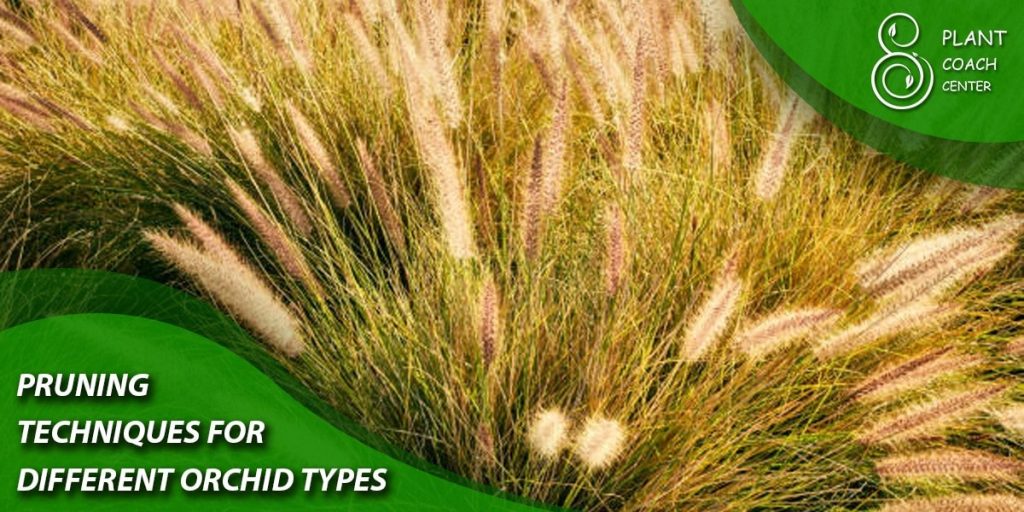
Pruning Techniques for Different Orchid Types
Each orchid variety has its unique growth patterns and structures, requiring specific pruning techniques to maintain their health and enhance their beauty. Let’s explore the pruning techniques for various orchid types:
- Phalaenopsis Orchids
Phalaenopsis orchids, commonly known as moth orchids, are treasured for their vibrant and long-lasting blooms. Here are some pruning techniques specifically for Phalaenopsis orchids:
- Pruning Aerial Roots and Flower Spikes:
– Trim any damaged or withered aerial roots, leaving only healthy and green ones.
– After the flowers have faded, prune the flower spike just above a healthy node to encourage re-blooming.
- Trimming Damaged or Diseased Leaves:
– Carefully remove any yellowing, brown, or spotted leaves, as they may indicate disease or deterioration.
– Use sterilized pruning shears to make clean cuts near the base of the affected leaf.
- Encouraging New Growth through Pruning:
– If the Phalaenopsis orchid becomes leggy or top-heavy, consider pruning the top portion of the stem to promote branching and more compact growth.
- Cattleya Orchids
Cattleya orchids are known for their large, vibrant flowers and distinct pseudobulbs. Here’s how to prune Cattleya orchids effectively:
- Pruning Flower Spikes and Pseudobulbs:
– After the flowers have faded, prune the flower spike just above a healthy pseudobulb or node.
– Remove any old or withered pseudobulbs to stimulate new growth and maintain the plant’s vigor.
- Removing Dead Sheaths and Old Leaves:
– Trim away dried sheaths and yellowing leaves close to the base of the plant.
– Ensure the pruning cuts are clean and free from any signs of disease or pests.
- Promoting Division and Repotting through Pruning:
– If a Cattleya orchid has outgrown its pot, consider dividing it during the pruning process.
– Carefully separate the pseudobulbs and roots, ensuring each division has enough healthy growth to thrive.
- Dendrobium Orchids
Dendrobium orchids display a wide range of growth habits, from compact to tall and cane-like. Follow these pruning techniques for Dendrobium orchids:
- Pruning After Blooming: Canes, Stems, and Bulbs:
– After the orchid has finished blooming, prune any spent canes or stems to encourage new growth.
– Trim back older pseudobulbs or canes to maintain the plant’s shape and prevent overcrowding.
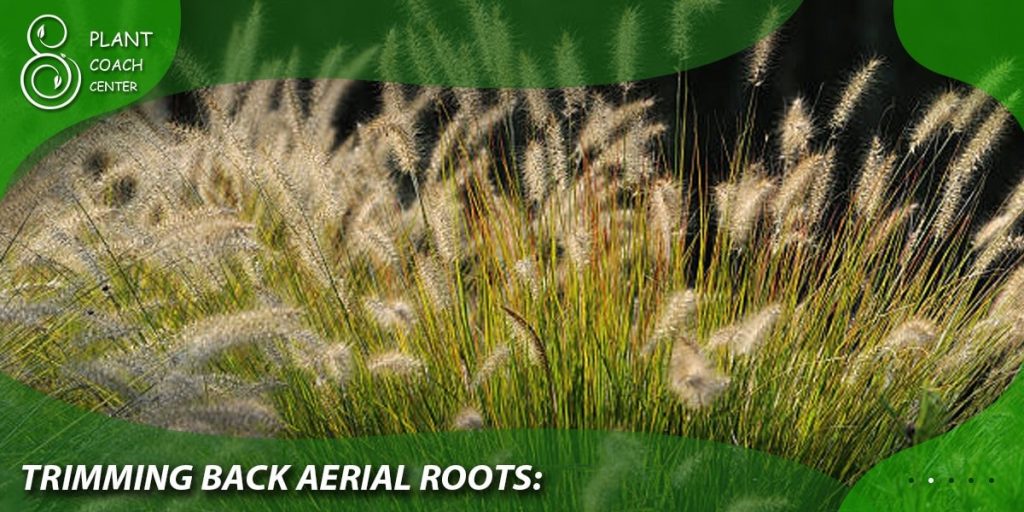
- Trimming Back Aerial Roots:
– Remove any excess or overly long aerial roots, leaving only healthy and well-established ones.
– Make clean cuts close to the base of the plant, ensuring minimal damage to the root system.
- Encouraging Keiki Production through Pruning:
– If your Dendrobium orchid develops keikis (baby plants) on older canes, consider pruning and repotting them to promote their independent growth.
- Oncidium Orchids
Oncidium orchids, often called dancing lady orchids, are admired for their vibrant and cascading flower spikes. Here are pruning techniques specific to Oncidium orchids:
- Pruning Flower Spikes and Pseudobulbs:
– Once the flowers have faded, prune the flower spike just above a healthy pseudobulb or node.
– Remove any old or withered pseudobulbs to encourage new growth and improve the plant’s appearance.
- Removing Yellowing or Damaged Leaves:
– Trim any yellowing or damaged leaves close to the base of the plant.
– Ensure the pruning cuts are clean to prevent potential infections.
- Promoting Air Circulation through Pruning:
– Thin out dense foliage by selectively removing some leaves, allowing better airflow around the plant.
– This pruning technique helps prevent the onset of fungal or bacterial diseases.
Best Practices for Orchid Pruning
Pruning orchids requires careful attention to detail and adherence to best practices to ensure successful outcomes. Here are some essential tips to keep in mind when pruning your orchids:
- Use Clean and Sterilized Tools:
– Before pruning, ensure your tools, such as pruning shears, are clean and sterilized to prevent the spread of diseases or infections.
– Wipe the blades with a sterilizing solution or rubbing alcohol before and after each use.
- Make Clean and Precise Cuts:
– Use sharp and clean-cutting tools to make precise cuts, minimizing damage to the plant.
– Cut at a slight angle just above a node, pseudobulb, or healthy part of the plant to promote new growth.
- Remove Dead, Damaged, or Diseased Parts:
– Regularly inspect your orchids for any dead, damaged, or diseased leaves, stems, or roots.
– Prune these parts carefully, ensuring you remove them completely to prevent the spread of pests or diseases.
- Observe Proper Timing:
– Prune your orchids during their dormant or resting periods, typically after they have finished blooming.
– Avoid pruning during active growth or flowering stages to prevent stress to the plant.
- Take Precautions for Fragile Orchids:
– Some orchids, such as those with thin leaves or delicate flower spikes, require extra care during pruning.
– Handle these orchids gently and avoid excessive pruning or handling that could damage their fragile structures.
- Monitor and Adjust Pruning Frequency:
– The frequency of pruning depends on the orchid’s growth rate, health, and specific needs.
– Regularly monitor your orchids and adjust the pruning frequency accordingly.
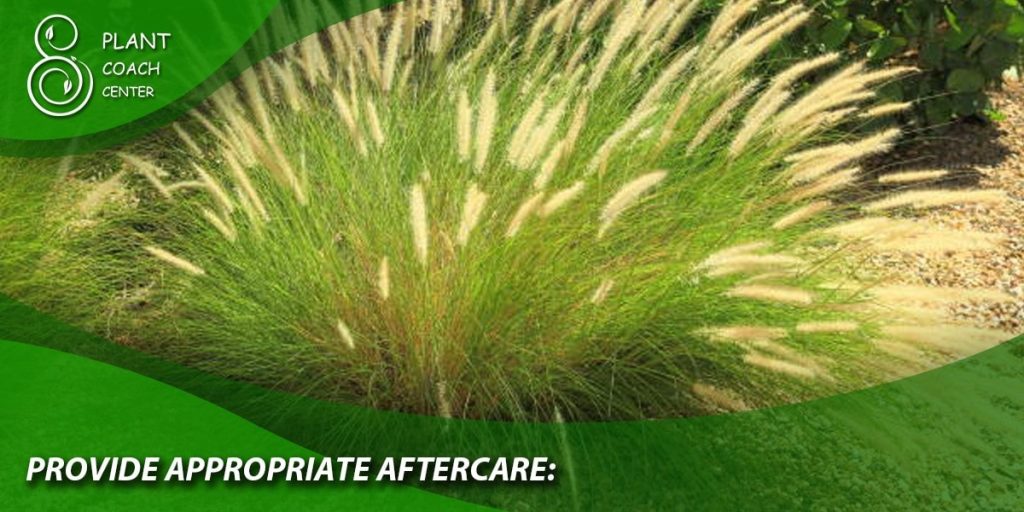
- Provide Appropriate Aftercare:
– After pruning, ensure your orchids receive proper care, including suitable lighting, temperature, humidity levels, and watering.
– Monitor the plant for any signs of stress or complications and make adjustments as needed.
Conclusion
Orchid pruning is a vital aspect of orchid care that helps maintain plant health, encourage new growth, and enhance their overall beauty. By understanding the timing considerations, pruning techniques specific to different orchid types, and following best practices, you can confidently prune your orchids to promote their well-being.
Remember to approach pruning with care, precision, and respect for the unique characteristics of each orchid. With proper pruning techniques and regular observation, you can cultivate thriving and stunning orchids that will bring joy and beauty to your space.
plantcoachcenter.com is dedicated to providing you with expert guidance on orchid care, including comprehensive information on pruning techniques. By applying the knowledge and techniques shared in this guide, you can become a skilled orchid enthusiast and enjoy the rewards of healthy and flourishing orchid plants.
When is the best time to prune orchids?
Prune orchids after their blooming cycle or during their dormant period.
How should I prune Phalaenopsis orchids?
Trim damaged aerial roots and flower spikes, and remove yellowing leaves.
What should I prune in Cattleya orchids?
Prune flower spikes, old pseudobulbs, and damaged leaves.
What are the general pruning tips for orchids?
Use clean tools, make precise cuts, remove dead parts, and provide proper aftercare.


